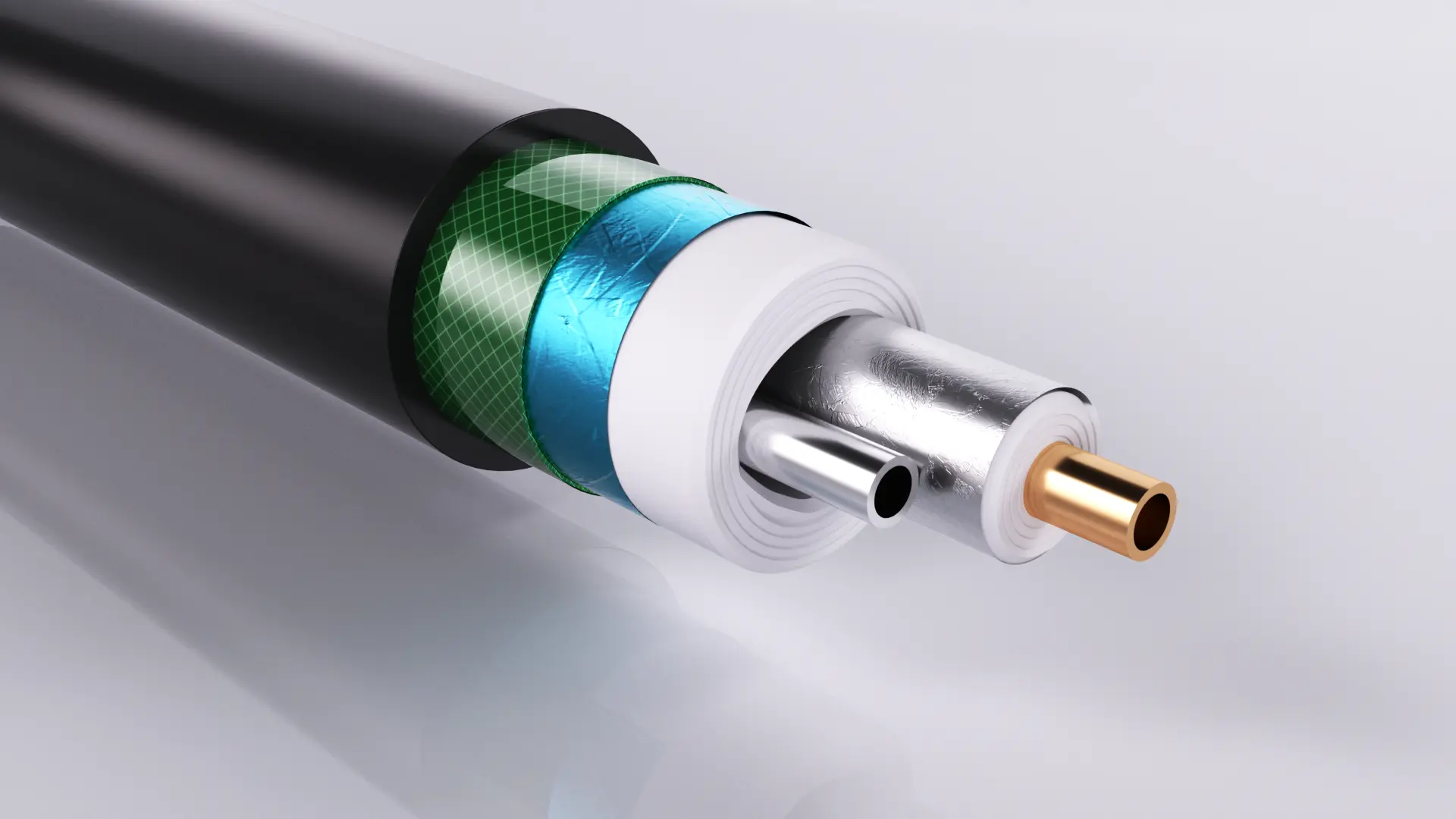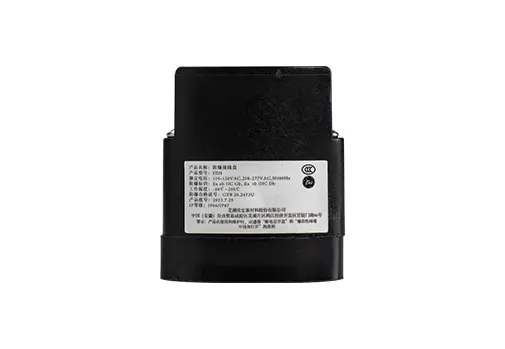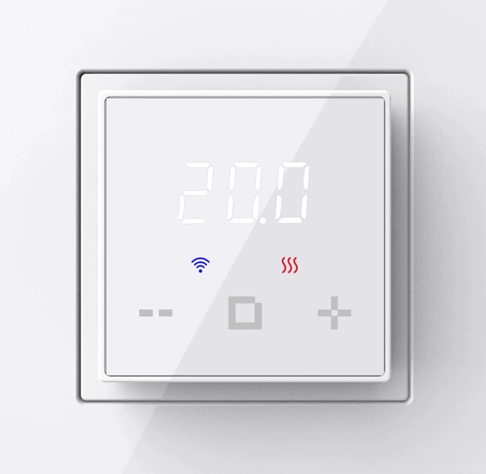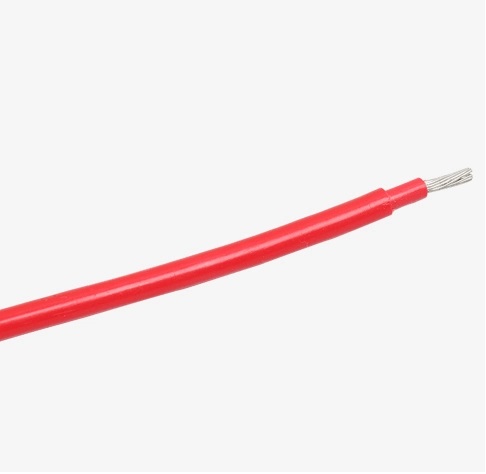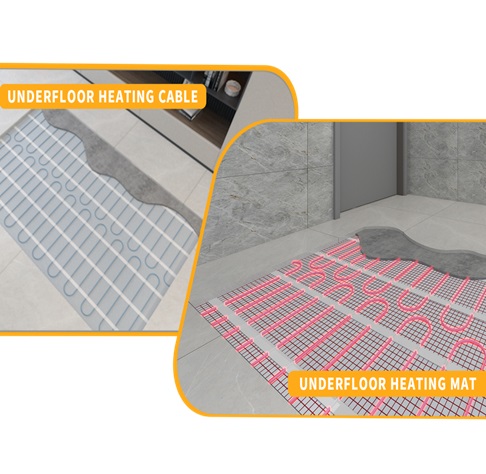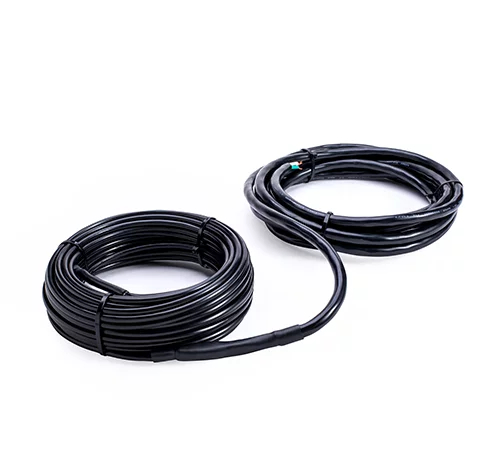Heating cables in Europe must meet rigorous technical requirements to ensure safety, efficiency, and environmental compliance, driven by a combination of EU regulations, industry standards, and regional climate challenges. Here's a concise breakdown of the core considerations:
1. Regulatory Compliance
- CE Marking: Mandatory for market access, covering:
- Low Voltage Directive (LVD): Electrical safety.
- EMC Directive: Electromagnetic compatibility.
- RoHS/REACH: Restriction of hazardous substances (e.g., lead, phthalates).
- Application-Specific Directives:
- ATEX for explosive environments.
- Ecodesign for energy efficiency.
- Energy Performance of Buildings Directive (EPBD) for smart integration.
2. Performance and Safety
- Temperature Resilience:
- Operate reliably in extreme temperatures (e.g., -40℃in Nordic winters, 250℃for industrial pipelines).
- Material Durability:
- UV-resistant, corrosion-proof, and halogen-free sheathing (e.g., LSZH for fire safety).
- Electrical Safety:
- Integration with RCD/GFCI devices to prevent shocks.
- Compliance with IEC 60800 (industrial cables) or EN 60335-2-96 (household safety).
3. Energy Efficiency
- Self-Regulating Technology: Adjusts power output to ambient conditions, reducing energy waste (aligned with Ecodesign goals).
- Smart Controls: Compatibility with IoT systems for optimized heating (e.g., programmable thermostats).
4. Environmental Compatibility
- Recyclable Materials: Shift toward sustainable insulation (e.g., cross-linked polyethylene).
- Carbon Footprint Reduction: Compliance with EU Green Deal objectives.
5. Regional Adaptations
- Nordic Countries: Focus on extreme cold performance and saltwater corrosion resistance.
- Southern Europe: Emphasis on UV resistance for outdoor/solar applications.
- Germany/France: Strict national norms (e.g., VDE 0250, NF C32-070).
6. Testing and Certification
- Third-Party Validation: Certifications from bodies like TÜV, DEKRA, or Intertek.
- Key Tests:
- Dielectric strength, thermal cycling, mechanical abrasion.
- IP67/IP68 ratings for moisture/dust resistance.
Impact of Non-Compliance
- Market Exclusion: Failure to meet CE or IEC standards blocks EU market access.
- Safety Risks: Overheating, fire hazards, or electrical faults in extreme climates.
- Legal Penalties: Fines for violating REACH/RoHS substance restrictions.
Future Trends
- Smart Heating Systems: AI-driven cables for predictive maintenance.
- Circular Economy: Recyclable materials and reduced manufacturing emissions.
In essence, European technical requirements for heating cables balance innovation, safety, and sustainability, reflecting the region's regulatory ambition and diverse climatic needs. Compliance is not just a legal hurdle but a competitive advantage in a market prioritizing efficiency and eco-conscious solutions.


